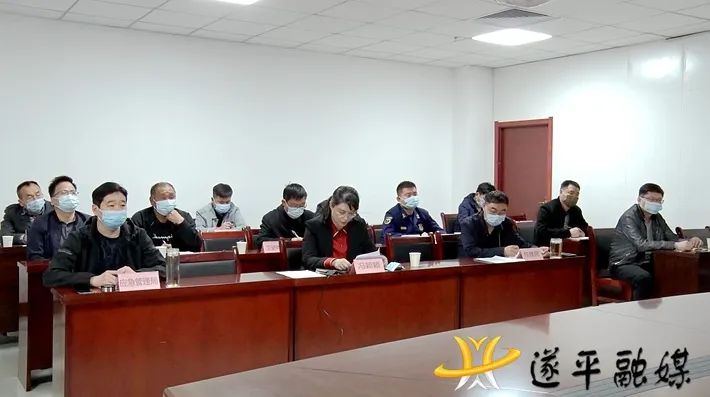Most of the construction waste is solid waste, which is usually generated in the process of construction or maintenance, demolition of old buildings
.
According to statistics, around 2000, the annual output of construction waste in Shanghai reached 23-24 million tons
.
In the face of so much construction waste, how to dispose and utilize it as a resource has become a problem in front of us
.
Shanghai is located on the coast of the East China Sea, with many low-lying areas
.
Through the use of a large number of construction waste for backfilling or mountain landscaping, construction waste can be used as resources
.
For example, Minhang Sports Park, the outer ring green belt and other projects have achieved good landscape effect
.
The history of Shanghai’s road construction by using landfill can be traced back to the 19th century
.
From the opening of the port in Shanghai in 1914 to the 1960s and 1970s, the municipal solid waste (including construction waste and domestic waste) in the urban area of Shanghai has been disposed of by means of landfills, creeks, depressions and roads
.
Around the tenth year of Xianfeng (1860), a large number of residents from Jiangsu and Zhejiang provinces and near Shanghai swarmed into the concession
.
Building houses and renting became the most profitable industry at that time
.
A large amount of garbage was used to fill ditches and depressions, increasing the available land and increasing the value of land
.
In 1914, old city walls were filled with moats, walls were demolished, and Zhonghua Road was built
.
In the 1870s, houses, horse racing halls, and parks were built on a lot of rubbish filled land
.
But at this time, the landfill waste is often a mixture of domestic waste and construction waste
.
After landfilling, only a layer of soil is covered on the surface, or the soil is mixed with cotton wadding and so on, and then it is sealed
.
Naturally, it can not achieve such harmless treatment as backfill residue
.
At the beginning of the 20th century, some of the ponds were filled with garbage, which was also used as a measure to eliminate the breeding ground of mosquitoes and flies
.
It not only reduced the transportation costs, but also made some economic compensation for the garbage collection and transportation departments
.
The Council of the French concession is the highest municipal organization and leading body in the old Shanghai French concession It is recorded that in the 20 years before 1925, 80% of the low-lying land in the concession was filled with domestic waste, covering an area of about 300 mu
.
Until the liberation of China, there was a lack of standardized classification management of municipal solid waste landfills in Shanghai
.
Although there are relevant departments to transport, construction waste and domestic waste are often mixed loading and transportation
.
After liberation, in order to further accelerate urban construction, from 1949 to August 1954, a total of 3.54 million tons of garbage was used to fill ditches and ponds in Shanghai, covering an area of more than 3 million square meters
.
At that time, the renovation of Zhaojiabang was to use garbage to fill the river and build roads
.
After the 1960s, there were fewer and fewer ditches and creeks to be filled in the urban or suburban areas
.
In the 1970s, the road from the urban area to the Jinshan petrochemical plant was built
.
A large amount of garbage was used to fill the subgrade
.
At the same time, the construction garbage was also used to build a shooting range (located in GuangYue Road), which has become a green mountain
.
It was not until the promulgation of the “Regulations of Shanghai Municipality on the administration of the disposal of construction waste and engineering residue” in October 1992 that the disposal of construction waste and engineering residue in Shanghai was managed according to law
.
“Shanghai construction waste and engineering residue disposal management regulations” has made clear provisions on the management of the cleaning, backfilling, disposal, storage and transportation sites of construction waste and engineering residue in Shanghai, requiring the municipal residue management department to be responsible for the whole process management of the whole city’s construction residue from the source (output) – Transportation – disposal (consumption)
.
In 1992, Shanghai also built five construction residue storage and transportation yards, including Beitang bridge and Gaojing town in Baoshan District, shenjigang in Jiading District, No
.
6 bridge on Caobao road in Minhang District, and Huamu in Pudong New Area, with a total daily transfer capacity of 3.15 million
.
On the one hand, these storage and transportation sites promote the cancellation of temporary construction waste storage sites in urban areas, and on the other hand, enhance the management capacity of construction waste transfer and disposal
.
So far, the construction waste disposal in Shanghai is on the road of standardization
.
At present, the construction waste in Shanghai should be classified according to the following requirements: first, the engineering waste should be collected in the storage place; second, the slurry should be collected in the storage place after being pretreated in the slurry pretreatment facilities; third, the decoration waste and the waste generated in the demolition project should be collected in the storage place and resource utilization facilities after being sorted Fourth, waste concrete should be used in resource utilization facilities
.
Statement: if some words or pictures are involved in infringement, please contact us
.
We will fill in the relevant author and source
.
Thank you for your hard work.
.


